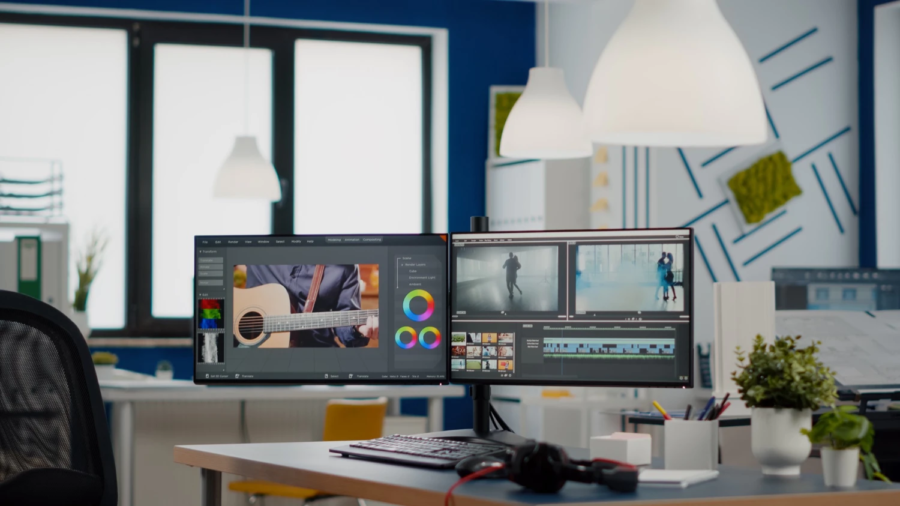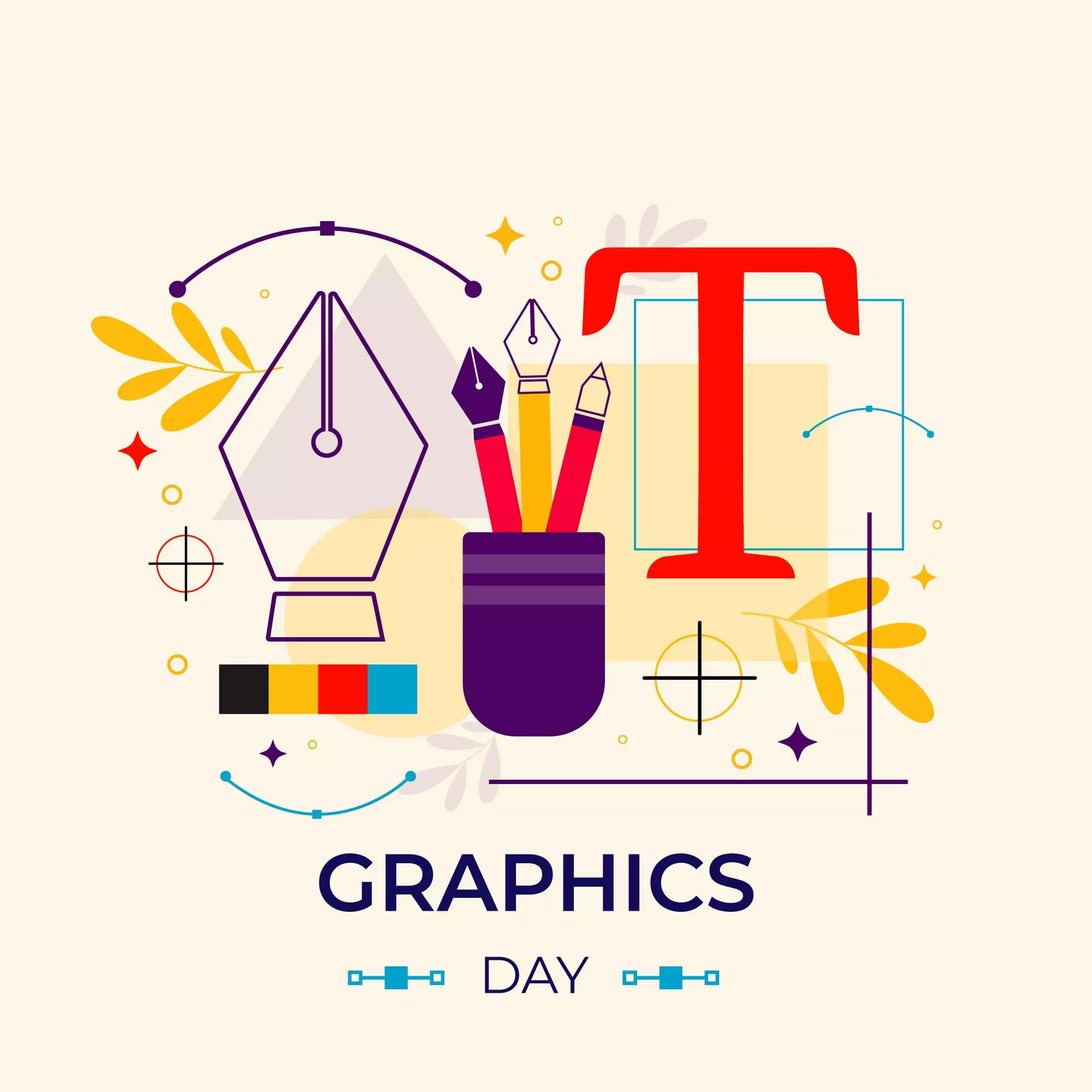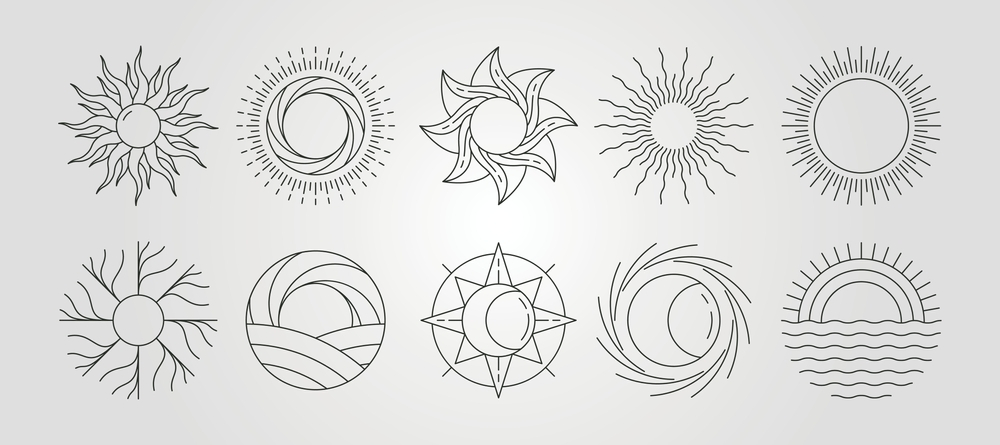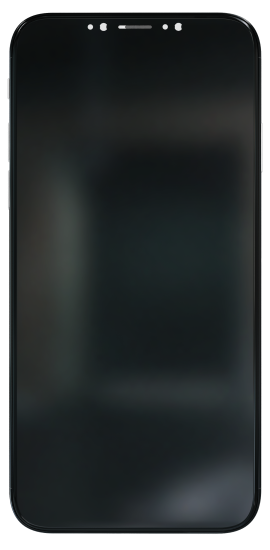We’ve got the inside scoop and have closely monitored what real businesses are doing. So, listen and let us spill the tea on the major logo design trends that will slay in 2023. Trust us, these trends are more lit than a Friday night rave!
Like any other art form, logo design is always evolving. We eagerly seek the latest trends to help designers and entrepreneurs craft a unique and eye-catching brand identity every year. Whether you’re playing with vibrant colors or sticking to a sleek, minimalist aesthetic, we all face the same age-old conundrum: what makes for a truly engaging and modern logo design?
Despite all the expert advice, everyone still marches to the beat of their creative drum. Let’s dive in and explore the exciting world of logo design trends together!
Simplify Your Logo Design with Basic Shapes and Geometric Designs!

2023 is all about keeping it simple when it comes to logo design. Complex logomarks are so last year and let’s be real, they can be tough to remember and connect with. That’s why more and more companies are opting for fundamental shapes like circles, squares, and triangles to create sleek and memorable logos. But just because the shapes are basic doesn’t mean the colors must be! Vibrant, high-contrast color schemes can add a pop of personality and help tell a brand’s story. Conversely, black and white designs can maximize that minimalist effect. And don’t forget about negative space – it’s an excellent way to add visual interest while keeping things clean and simple.
This “less is more” principle isn’t anything new, and big players like KIA, Google, and Citroën have already embraced the trend with their recent logo redesigns. But it’s not just about logo marks – font choices are just as important! Minimalist typography is on the rise, and it’s a perfect complement to the basic geometric shapes trend. So, in 2023, keep it simple and let those shapes and fonts do the talking!
Embrace Nostalgia with a Modern Twist In Logo Design

Retro styles with a modern twist take the design world by storm, appearing on fashion runways and web design trends. From the neon hues of the 80s to the grunge vibes of the 90s and the futuristic optimism of Y2K, we can’t get enough of these nostalgic aesthetics.
But here’s the thing: if you want to incorporate retro elements into your logo design, you must do it right. Make sure the style is authentic and in line with your brand messaging. And don’t be afraid to mix old and new elements to create a balanced, nuanced look. Consider pairing classic serif fonts with avant-garde logo shapes or combining muted pastels with unexpected splashes of neon.
To nail this logo trend in 2023, take inspiration from how AI remixes old designs. You’ll be amazed at how you can invent images with creativity.
Remember, knowing your target audience and communicating with them meaningfully and relevantly is important. If your logo evokes a familiar, nostalgic feeling in your customers, they’ll associate that feeling with your brand. Take a cue from nostalgic logos like Nettie, Steep, and Mellow, which strike the perfect balance between old and new.
And if you’re testing neon colors, remember that RGB is your best bet for screen use. Try using shadows and blurs to create a neon effect on paper for printed logos.
Breaking the Mold: Innovative Typography Designs And Logo Design for a Unique Brand Identity

As we move into 2023, it’s clear that vintage isn’t the only logo trend on the rise. Modern typeface aesthetic is taking center stage and allowing us to witness the magic of fancy fonts in action! In 2021, we saw the emergence of experimental typography with glitchy and wavy types, and they remain all the rage.
Leading type foundries like Creative Market and My Fonts keep releasing one best-seller after another. Logo designers have finally started seeing the potential of fancily-drawn letters and incorporating them into their projects.
It all began with playful concepts, where creative minds experimented with the most outrageous types, color combinations, patterns, and graphics. Then, daring entrepreneurs in industries like cosmetics, breweries, and street food followed suit, trying out the trend. It was a groundbreaking moment when Nucao, a German chocolate brand, replaced its legible sans-serif logo with one featuring experimental typography.
Other companies, from food producers to convenience stores, are also successfully adopting this trend. It’s an exciting time for branding as more and more businesses and designers embrace bold logo trends.
Exploring the Hyperrealistic Aesthetics of the Metaverse - Logo Design

As we enter the era of the metaverse, it’s clear that hyperrealistic logos are becoming a crucial component of branding strategy. With the market projected to reach a whopping $800 billion by 2024, it’s no surprise that brands are eager to make their mark in this new, immersive world.
Hyperrealistic logos offer a unique opportunity to recreate the sensory experience of a brand, with haptic touch and sound adding a new dimension to traditional visual branding. As the metaverse continues to expand and evolve, it’s becoming increasingly clear that a brand’s logo must be adapted to fit this new reality.
Brands that are quick to embrace this shift and incorporate hyperrealistic logos into their branding strategy will be well-positioned to thrive in the metaverse. As the definition of the metaverse continues to expand, it’s clear that there’s immense potential for growth and innovation in this space. And hyperrealistic logos will be at the forefront of this evolution.
Embracing Muted Colors and Gradients in Logo Design

When it comes to color and choosing a palette for a logo, it’s often a very personal decision. However, if we take a closer look at big brands, there appears to be a shift from saturated to muted colors. Bright hues can be difficult to work with and draw too much attention, causing problems when implementing them into a brand’s design system. Instead, companies like Abbyy and Creative Cloud have demonstrated ultimate color proficiency, utilizing natural saturated tones on their websites, social media, and printed materials.
That being said, it’s important to note the potential for survivorship bias. While some companies have successfully utilized vibrant palettes, others have opted for more subdued hues, such as the recent rebranding of Baskin Robbins. This trend may signal to logo designers to start with soft colors and only switch to vivid tones in emergency situations.
Another exciting aspect of logo design in 2023

Another exciting aspect of logo design in 2023 is the resurgence of gradient logos. Once thought to be a thing of the past, gradient designs have been reimagined recently, with two-color gradients being utilized by Facebook Messenger and Avon, and gradient rainbows are seen in the rebranding of Discovery channel and Adobe’s main logo. It will be interesting to see if gradients continue to gain popularity in the coming years and if designers opt for more muted and simplistic styles.
Conclusion
The world of logo design is constantly evolving, and there is no one-size-fits-all approach to creating a successful logo. While trends may come and go, ensuring that your logo effectively communicates your brand’s message and values is most important. The key is to create a unique and memorable logo that represents your business’s strengths and distinguishes it from the competition.
Remember, Dexterous Solutions is here to help you with your logo design needs. Our skilled designers are experts in crafting creative logos that can elevate your branding to new heights. Let us help you make a significant impact in the market.










